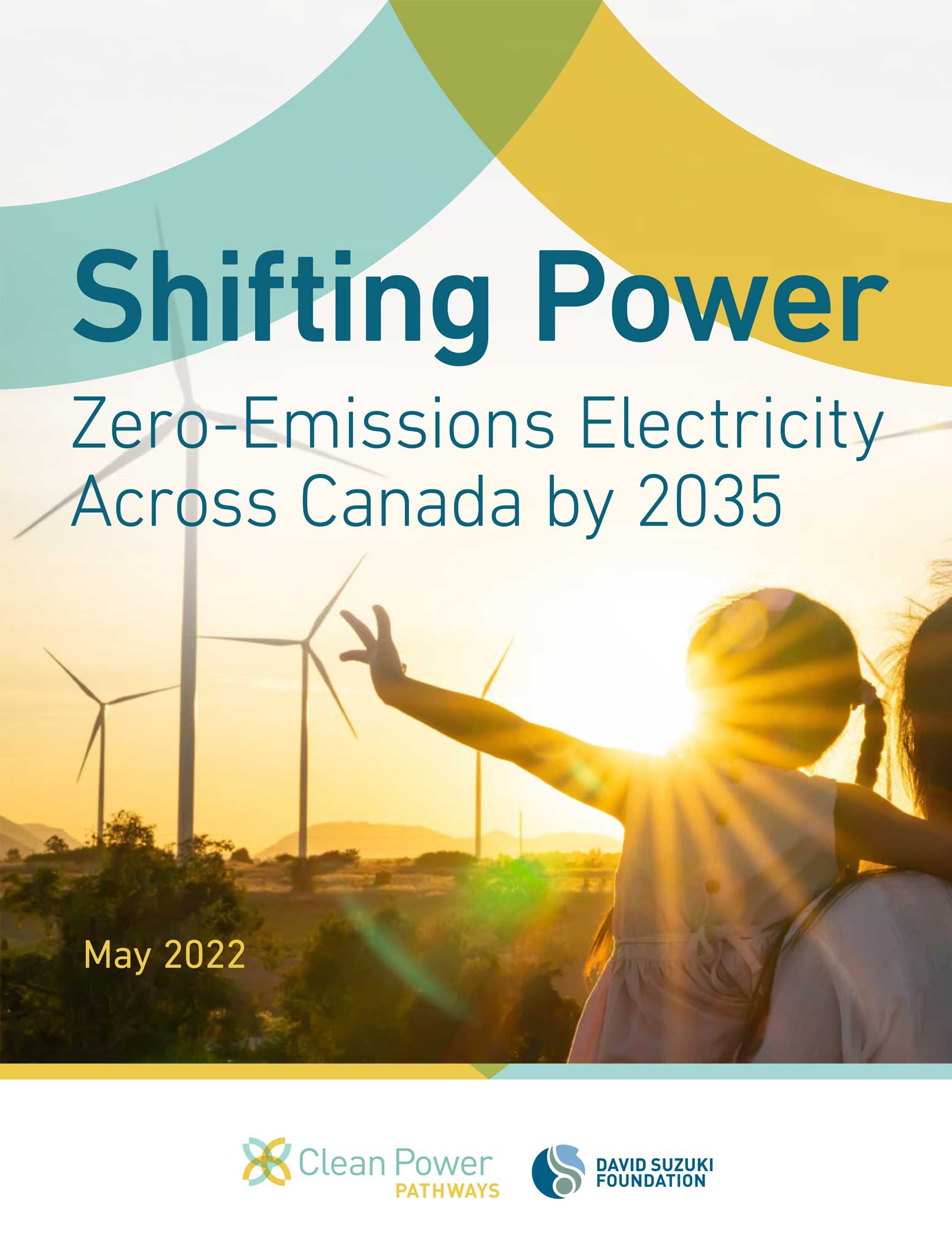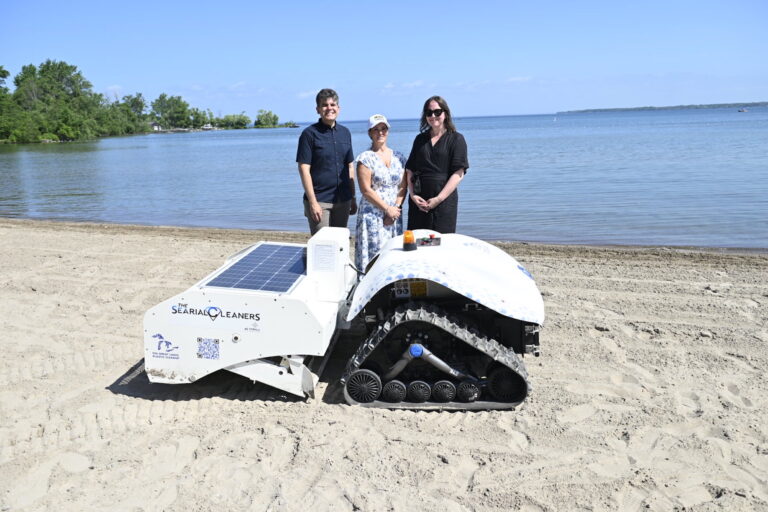Monday, June 30, 2025
Reaching zero-emissions electricity by 2035 is not only possible; it can also be reliable and affordable. That’s according to a David Suzuki Foundation modelling study released as the federal government explores options for cleaning up electricity. The report, Shifting Power: Zero-Emissions Electricity Across Canada by 2035, is one of the first in Canada to show a pathway to zero-emissions electricity by 2035 that prioritizes renewables, energy storage, energy efficiency and grid upgrades.
“This study shows us that renewable energy can be the foundation to powering a clean electricity system across Canada,” said David Suzuki Foundation climate policy analyst Stephen Thomas. “We can start this transition to zero-emissions electricity right away with technologies like wind and solar that are readily available.”
The report explores pathways that prioritize renewables and the technologies that enable them, while eliminating all fossil fuels from the grid and avoiding the pitfalls of unproven, expensive or environmentally damaging technologies such as new nuclear or new fossil fuels with carbon capture technologies.

“It’s exciting to learn that the grid can deliver affordable electricity where and when it is needed, powered largely through renewables,” said the Foundation’s senior climate policy adviser Tom Green. “With a vast country, enviable wind and solar resources and our existing hydro reservoirs, Canada is well positioned to make the transition. Countries like Germany are already showing us that building renewable energy at the scale needed is possible here.”
As energy needs are shifted from fossil fuels to clean electricity, the demand for electricity will more than double by 2050, and zero-emissions electricity will be the foundation for climate solutions across sectors. Switching from gasoline-powered cars to electric vehicles and transit, and using high-efficiency heat pumps instead of burning fossil gas are examples of how households can save money while reducing emissions.
The report includes commentary on ways to support workers and communities fairly and estimates more than 1.5 million person-years of direct employment could be created in construction, operation and maintenance of wind, solar and transmission alone between 2025 and 2050. This estimate does not include the additional jobs that could be created if renewable technologies were to be manufactured in Canada.
The pathways were modelled by an independent team of academic researchers at the University of Victoria using models designed to test how high levels of wind, solar and energy storage can be added to grids across Canada.
Regardless of the pathway chosen, all energy projects in Canada are located on either unceded Indigenous territories or treaty lands. A companion report commissioned by the Foundation, “Decarbonizing Electricity and Decolonizing Power: Voices, Insights and Priorities from Indigenous Clean Energy Leaders, lists six principles for upholding Indigenous rights and ensuring community benefits.
“Pathways like this would be a massive undertaking as well as an opportunity,” Thomas added. “Done right, they can offer cleaner air, better health, good jobs and a safer future. Collaboration is key, and we hope opportunities we’ve highlighted will guide the federal clean electricity standard development and its implementation in provinces.”











